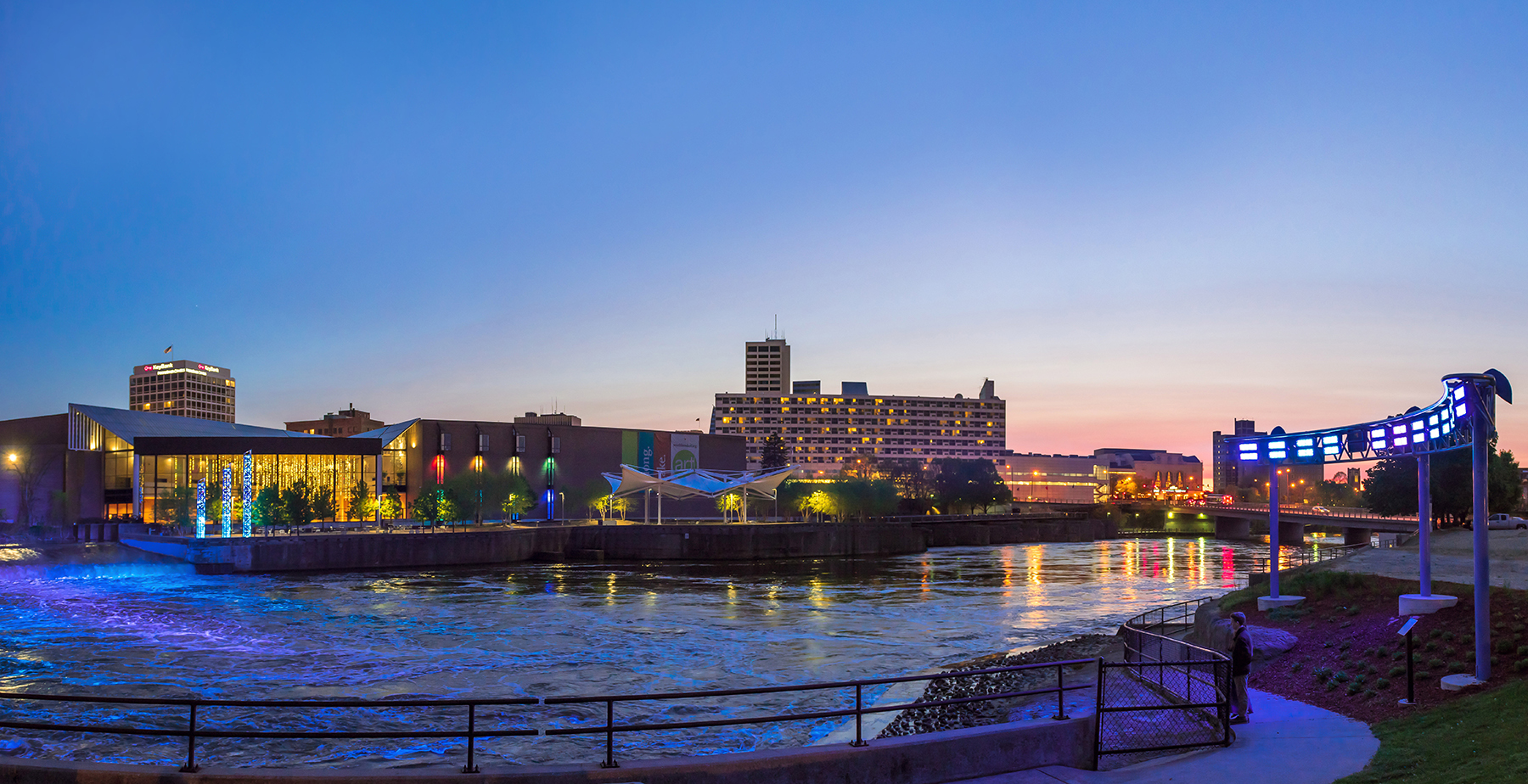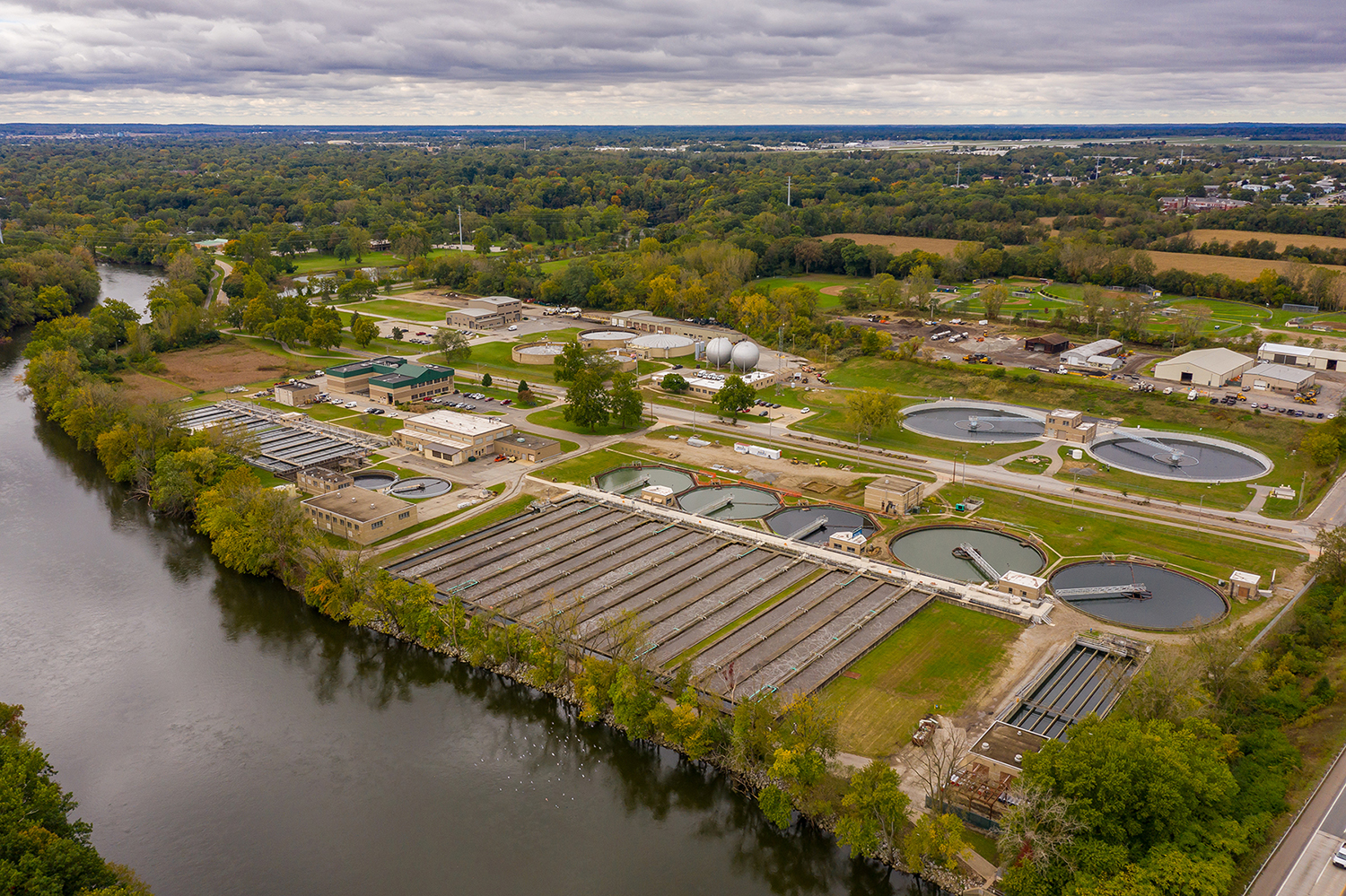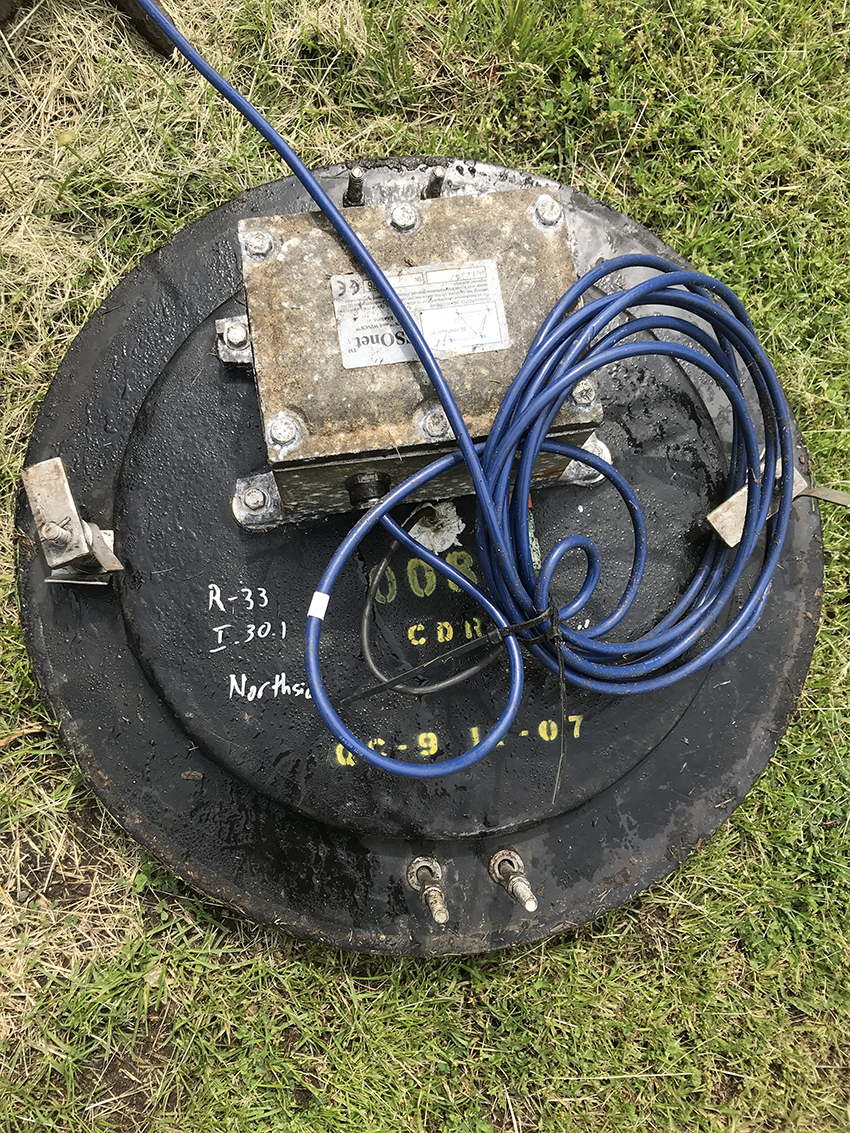By Jay Landers
Under the terms of a 2012 consent decree with the federal government, the city of South Bend, Indiana, was required to make an estimated $863 million in capital improvements to its wastewater collection and treatment system. The resulting plan was part of the city’s effort to reduce its combined sewer overflows.
After deploying a sensor-based, real-time decision-support system, South Bend gained a much better understanding of actual hydraulic conditions in its system. This enabled the city to optimize the existing sewer network’s performance and significantly reduce its CSOs. Armed with this knowledge and performance data, the city and its consultant team recently were able to revise its long-term control plan for addressing CSOs and amend its consent decree.

Announced in August, the new plan is expected to shave off hundreds of millions of dollars in program costs and improve water quality beyond that of the original plan.
An ‘unaffordable’ plan
South Bend’s collection system consists of approximately 305 mi of combined sewers, 250 mi of sanitary sewers, and 155 mi of storm sewers, says Eric Horvath, P.E., M.ASCE, the city’s director of public works. “It’s an old system,” Horvath says.
Designed to treat an average flow of 48 mgd, the South Bend Wastewater Treatment Plant can treat peak flows of up to 77 mgd. In 2008, before South Bend began widespread implementation of a long-term control plan, its collection system discharged as much as 2 billion gal./year of overflows to the St. Joseph River, which passes through the city’s downtown area.
Since the 2012 consent decree took effect, South Bend has spent approximately $150 million on WWTP upgrades, sewer separation, and the installation of the real-time decision-support system within the collection system, Horvath says. Among the many other requirements that the city needed to complete by 2031, South Bend was directed to construct nine underground facilities, including a large tunnel, to capture and store CSOs until the flows could be sent to the WWTP for treatment.

All told, the city expected to spend an estimated $713 million in additional capital costs to comply with the original consent decree. After factoring in financing and other costs, the original plan would have cost the city on the order of $1 billion, Horvath says.
The resulting rate increases needed to pay for the plan would have imposed extreme financial hardship on those least able to afford it, Horvath notes. In South Bend, the median household income is 35% below the national average, while 30% of households have annual incomes below $20,000, he says.
Had South Bend not amended its consent decree, one in five households in the city would have been paying 10% of their income for water and wastewater services. For these reasons, the original plan was “unaffordable,” Horvath says.
At the same time, the plan was also problematic because it relied on inaccurate data, according to Horvath. As a result, many of the largest infrastructure features required by the plan were sized incorrectly. “At the end of the day, we would have been overbuilding and underbuilding infrastructure in various parts of town,” he notes.
Real-time flow and level monitoring
In 2004, South Bend, the University of Notre Dame, and Purdue University formed a research collaboration that led to the creation of EmNet LLC, a company that developed the real-time decision-support system that was deployed in the city’s sewer network. (EmNet was acquired by Xylem in 2018.)
In 2008, the first telemetry-based flow and level sensors were installed in South Bend’s collection system, enabling the city to monitor flow conditions in real time. “It was like turning on the lights in the sewer,” says Luis Montestruque, Ph.D., the founder and former president of EmNet who is now a senior adviser to Xylem.

The resulting sensor data “opened up our eyes to what was going on in the system itself,” Horvath says. For example, the flow data facilitated improved sewer maintenance and helped South Bend eliminate dry weather overflows.
In 2010, the city began installing automated valves within its collection system for the purposes of maximizing performance and optimizing storage within the sewer network. Using an “optimization algorithm,” the “intelligent” valves operate based on the real-time sensor data, Montestruque says, automatically directing flows where needed within the collection system to avoid overflows.
Today, the city’s collection system contains approximately 160 sensors, seven of which are rain gauges. “We’re probably the most heavily sensored sewer system anywhere, in terms of the density of sensors,” Horvath says. “We’ve got a much more robust understanding of our system than other cities do because we’re getting over 15 million data points every year.”
Meanwhile, the real-time decision-support system also includes a hydraulic model that serves as a “digital twin of the sewer system,” Montestruque notes. By combining current rain gauge data and forecasted weather data, the model simulates different scenarios regarding collection system performance under various wet weather events. These scenarios then inform the decisions of the real-time decision-support system. In turn, this system incorporates machine-learning technology to improve its ability to understand how future weather conditions likely will affect collection system performance.
Reassessing the plan
Unfortunately, the improvements in system data and performance were not achieved in time to influence the 2012 consent decree. However, in the years following the consent decree’s adoption, South Bend used the real-time decision-support system to improve collection system performance and reduce CSOs by more than 70%, Montestruque says.
In 2015, South Bend hired a team led by Stantec to reassess its long-term control plan. (Key partners on the team included Xylem, LimnoTech, and American Structurepoint Inc.) The goal of this effort was to develop a more cost-effective approach for reducing overflows from the city’s 34 outfalls that were located along a 7 mi long stretch of the St. Joseph River, says Joe Johnson, P.E., M.ASCE, a vice president and principal project manager in the Chicago office of Stantec.
“Figuring out how to manage overflows at all of those discrete points without having to build a new parallel interceptor and storage tunnel was the challenge,” Johnson says. At the same time, the new approach also had to be just as, if not more, protective of the environment, Johnson notes.
The city’s growing body of “super accurate” data regarding the performance of its collection system greatly helped efforts to update the long-term control plan and devise more cost-effective solutions, Horvath says. “It allowed us to make sure we got the right solutions because we knew we had a much better understanding of how much flow was going to be there,” he says.
Ultimately, the reassessment team used the improved system data and water quality modeling results to create an alternatives analysis process that could evaluate “millions and millions” of project scenarios, Horvath says. This process developed optimal solutions that the team further refined to devise what became the city’s amended long-term control plan.
A ‘much more affordable’ plan
Known as the Smarter Alternative for a Greener Environment, the revised plan includes $276 million in capital improvements and has a new deadline of 2038. Compared with the projects that remained from its predecessor, the new plan costs $437 million less, making it “much more affordable,” Horvath says.
Chief elements of the SAGE plan include WWTP upgrades to increase its peak treatment capacity to 100 mgd, an equalization basin at the WWTP, and three retention treatment basins that are designed to store overflows and send them to the treatment facility once capacity becomes available. Meanwhile, the treatment basins also are capable of disinfecting flows in the event of discharges to the environment. All told, the four basins will provide more than 12 million gal. of new storage. Numerous conveyance improvements and green infrastructure solutions are intended to optimize collection system performance further.
With all the improvements in place, South Bend will capture and treat 99.6% of wet weather flows, Horvath says. By comparison, the original long-term control plan was expected to address 89% of such flows. By capturing and treating the extra CSO volumes, the SAGE plan is expected to reduce the amount of E. coli discharged to the St. Joseph River by an additional 12%, Horvath says.



